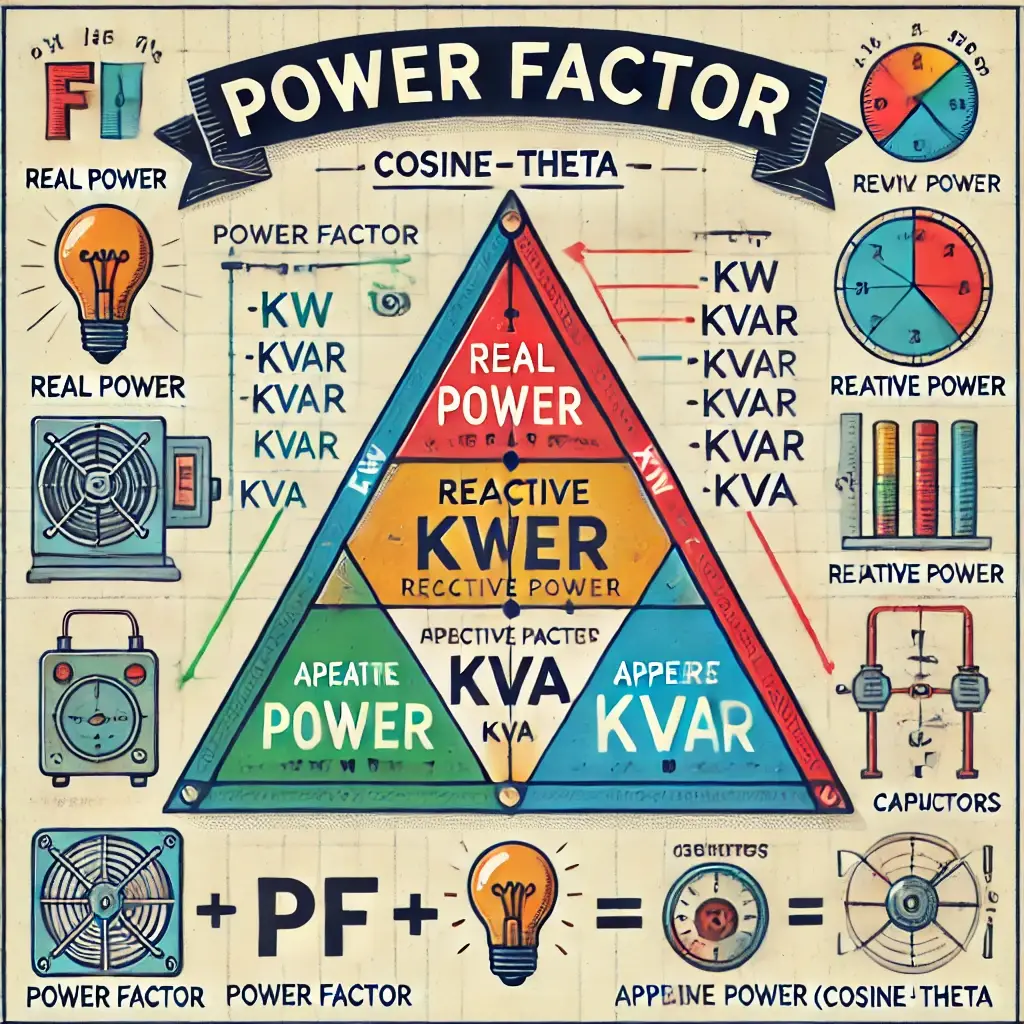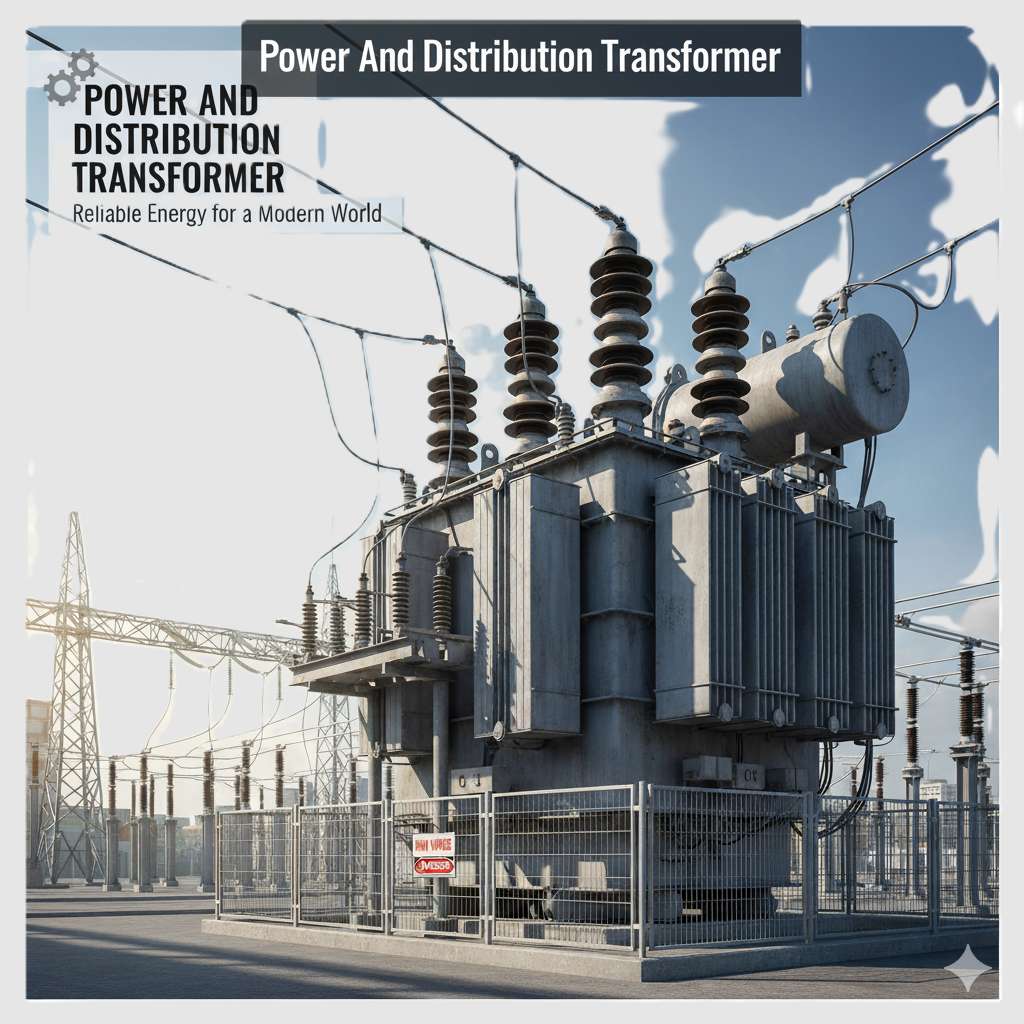PVC wires or PVC insulated wires, are electrical cables with insulation made of
PVC (Polyvinyl Chloride), a plastic material. These wires are commonly utilized in various
electrical applications because of their exceptional insulation, flexibility, durability, and cost-effectiveness.
Table of Contents
Wire
A wire is a thin, pliable, and elongated conductor composed of a conductive
substance, usually metal, employed for transferring electrical signals or conducting electric
current. Wires play a crucial role in electrical and electronic systems by facilitating the
movement of electric charge. An individual metallic conductor is usually cylindrical.

Earth, Live, and Neutral wires are the three types of wires commonly encountered in residential
circuits. The earth wire is a precautionary measure, specifically for devices with metallic
enclosures. The wire was coated with green insulation.
Construction of PVC Wires
Conductors
PVC wires commonly use copper conductors, while aluminium conductors
are utilized in some applications. Copper conductors are highly conductive and are the
chosen choice for many electrical wiring applications.

Insulation
The conductors are coated with PVC (Polyvinyl Chloride) for electrical
insulation and protection from moisture, chemicals, and environmental elements. PVC
insulation is robust, pliable, and resistant to abrasion, making it appropriate for indoor and
outdoor use.
Colour Coding
PVC wires may feature color-coded insulation to distinguish between
various conductors and aid in correct installation and upkeep. Typical designations are red
for live cables, black for neutral wires, and green or green/yellow for grounding wires.
Size and Gauge
PVC wires are offered in various sizes and gauges, from thin gauges for
low-voltage applications to thicker gauges for larger currents and power ratings.
Sheathing (Optional)
Some PVC wires may feature an extra outer sheath or jacket
composed of PVC or other appropriate materials to provide increased protection and
insulation. The outer layer protects against physical harm, UV radiation, and moisture
penetration.
Characteristics of PVC Wires
Electrical Insulation
PVC insulation offers superior electrical insulation, limiting current
leakage and assuring electrical circuits’ safe and dependable functioning.
Flexibility
Flexibility: PVC wires are pliable and convenient for installation in confined areas and
around corners due to their flexibility. PVC insulation’s flexibility decreases the likelihood
of conductor breakage and makes cable routing easier.
Durability
Durability: PVC wires are robust and resistant to wear, tear, and abrasion damage. They
can endure mechanical stress, bending, and twisting without affecting their electrical
performance.
Chemical Resistance
Chemical Resistance: PVC insulation is chemically robust, making PVC wires ideal for
industrial settings with frequent exposure to severe chemicals.
Temperature Rating
Temperature Rating: PVC wires have a moderate temperature rating, usually between
15°C to 70°C or greater, according to the unique PVC composition and application needs.
Applications of PVC Wires:
Building Wiring
Building Wiring: PVC wires are commonly utilized for electrical wiring in residential,
commercial, and industrial structures. They are used for power distribution, lighting
circuits, electrical outlets, switches, and other electrical systems.
Appliance Wiring

Appliance Wiring: PVC wires are utilized in electrical appliances like refrigerators,
washing machines, air conditioners, and kitchen appliances for internal wiring and
connections.
Automotive Wiring
Automotive Wiring: PVC wires are utilized in automobile wiring harnesses and electrical
systems to supply electricity to car components such as lights, sensors, ignition systems,
and entertainment systems.
Telecommunications
Telecommunications: PVC wires are used in telecommunications cables, such as
telephone and data cables, to convey signals and data between devices.
Electronics
PVC wires connect components and traces in electronic circuits, PCBs, and
electronic devices. They offer a dependable electrical connection and insulation in
electronic applications.
Advantages of PVC Copper Wire:
- Durable – Resistant to wear, moisture, chemicals, and abrasion.
- Flexible – Easy to install and bend around corners.
- Cost-effective – Cheaper compared to some other wire insulation materials.
- Flame-retardant – Does not catch fire easily.
- Good Insulation – Reduces the risk of electric shock.
Disadvantages of PVC Wire:
- Not eco-friendly – PVC is plastic-based and takes a long time to decompose.
- Toxic fumes – When burned, PVC releases harmful gases like dioxins.
- Not suitable for high temperatures – It can melt or degrade with extreme heat.
- Brittle over time – May crack or become stiff with age.
Relation to Natural and Human Rights:
Natural Rights Impact:
Environmental Concern: Manufacturing and disposal of PVC can harm the environment (air, soil, and water), violating the right of nature to remain clean and undisturbed.
Sustainability Issues: Overuse of non-biodegradable materials like PVC can affect future generations’ access to natural resources, which connects to the right to a healthy environment.
Human Rights Impact:
Right to Health: Burning PVC wire (especially in informal or unsafe settings) can expose workers and residents to toxic fumes, affecting their right to health.
Right to Safe Working Conditions: Workers handling PVC wires should be protected with proper equipment and conditions, respecting their right to safety and well-being.
Right to Clean Environment: Improper disposal of PVC wires can pollute communities, infringing on people’s rights to live in a safe and clean environment.
Cable
A cable is a collection of one or more conductors, usually isolated from each other
and sometimes collectively insulated or shielded, which is utilized for transferring electrical
signals or power. Cables are more intricate than individual wires, which frequently incorporate
numerous conductors, shielding, and insulation materials. Cables have multiple functions in
electrical and electronic systems, serving as a medium for carrying power, data, or signals
across short and long distances. Below are a few fundamental characteristics of cables:

Components of a Cable
Conductors
The conductors within a cable refer to the individual wires or strands responsible for
transporting electric current. Typically, these conductors are composed of metals such as
copper or aluminum.
Insulation:
Each conductor is provided with insulation to prevent the occurrence of short circuits and
accidental contact with other conductors or surfaces. The insulation materials comprise
PVC, XLPE, rubber, or non-conductive materials.
Shielding:
Some cables are shielded to protect signals or power transfer from external interference or
avoid signal leakage. Typical materials used for shielding are metallic foils or braiding.
Sheath or Jacket
The outer layer of the cable, known as the sheath or jacket, offers general protection and
insulation for the complete cable assembly. It protects the internal components against
external elements such as dampness, chemicals, and physical harm
Types of Cables

Power Cables
Power Cables: These are intended to transmit electrical power between two locations.
Illustrative instances encompass subterranean power cables and aerial power lines.
Control Cables:
b) Control Cables: They are utilized to convey control signals in industrial automation and
machinery. They frequently possess several insulated conductors.
Communication Cables
c) Communication Cables: The transmission of data or signals between different devices.
Illustrative instances encompass Ethernet cables, coaxial cables, and fiber optic cables.
Instrumentation Cables:
d) Instrumentation Cables: They are utilized in instrumentation and process control
applications, like control cables.
Coaxial Cables:
e) Coaxial Cables: It is composed of a center conductor, insulation, metallic shielding, and
an outer insulating layer, frequently employed in the transmission of cable television
signals and networking applications.
Fiber Optic Cables:
f) Fiber Optic Cables: Utilise optical fibers composed of glass or plastic to transmit data
using light signals. It is commonly employed for rapid transmission of data in
telecommunications.
Submarine Cables:
g) Submarine Cables: She was deployed on the ocean floor to establish connections between
continents, enabling international telecommunications and internet connectivity.
Flat Cables
They possess a planar, ribbon-like configuration and are frequently employed
in situations with a constraint on available space, such as within computer systems and
electrical apparatus.
Applications of Cables:
Power Distribution:
Power Distribution: Electricity cables transmit electricity from power plants to residential
areas, industrial facilities, and other sites.
Telecommunications
Telecommunications: Communication cables, such as fiber optics, transmit voice, data,
and video information in telephone and internet networks.
Industrial Automation:
Industrial Automation: It involves the utilization of control and instrumentation cables in
industrial environments to convey signals that regulate machines and processes.
Networking:
Networking: Ethernet cables connect computers, routers, and other devices in local and
wide area networks (LANs) networks (WANs).
Audio and Video
Audio and Video: Cables are transmitted between devices using cables, such as HDMI
cables, which are specifically designed for high-definition video and audio.
Medical Applications:
Medical Applications: Involve using specialized cables to transfer signals and power to
devices such as ultrasound machines and patient monitoring.
Advantages of Cable:
High-Speed Internet: Cable provides faster internet compared to traditional DSL connections.
Reliable Connection: It offers stable performance with minimal interruptions.
Wide Availability: Cable services are widely available in urban and suburban areas.
Bundling Options: You can often bundle cable TV, internet, and phone services for convenience and cost savings.
Good TV Quality: Cable TV delivers high-quality picture and sound.
Disadvantages of Cable:
Expensive: Cable services can be more costly than alternatives like streaming or satellite.
Limited Mobility: It’s fixed to your home; you can’t use it on the go like mobile data.
Slower During Peak Hours: Internet speeds may drop when many people are using the network at the same time.
Extra Equipment: Requires a cable modem and sometimes a set-top box.
Availability Issues in Rural Areas: Cable infrastructure might not reach remote locations.
calculation: pvc wire and cable
Various cables are available, each designed to meet unique needs and purposes. The
appropriate choice of cable is contingent upon various criteria, including the intended
application, surrounding conditions, signal characteristics, and transmission span.
I am an Electrical Engineer with qualifications in ITI, Diploma, and B.Tech. I have worked as an ITI college instructor for 3 years and have over 5 years of hands-on experience in the electrical field. The information shared on this website is based on trusted electrical engineering textbooks such as P.S. Bimbhra, B.L. Theraja, V.K. Mehta, and real-world practical experience.


